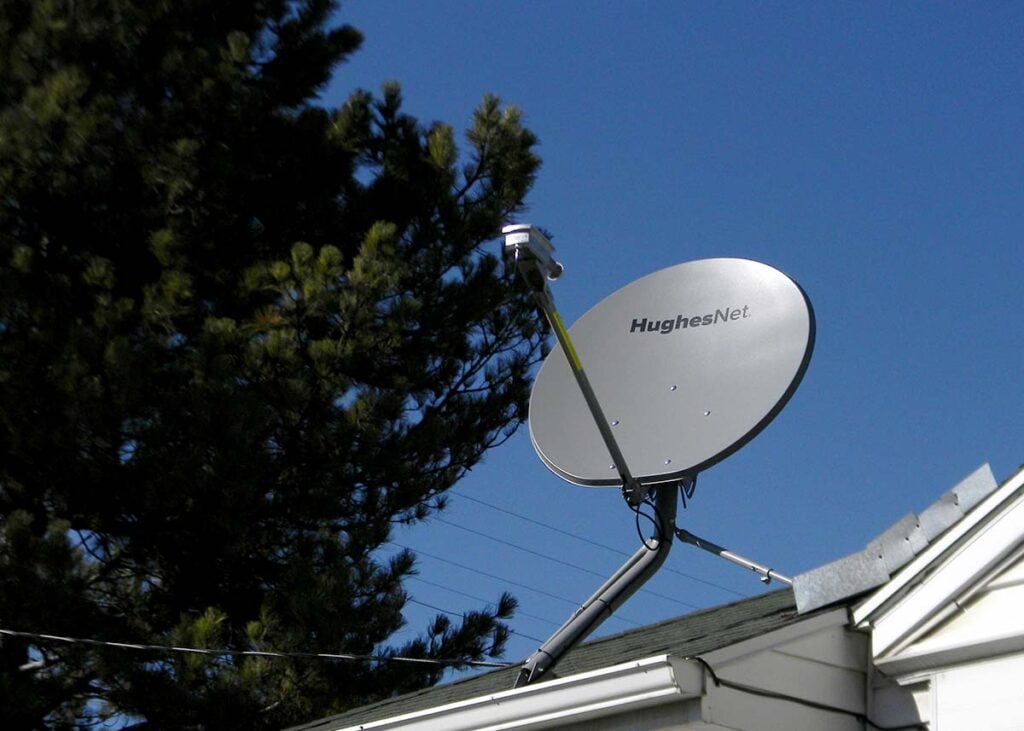We do rigorous research on internet options, especially for rural and underserved areas, to help you make the smartest choices for your home, business, or travel lifestyle.
Get connected, no matter where you are
We're experts in everything satellite and wireless
The best satellite internet providers
Trustworthy internet service is an essential resource, but navigating what services are available and what they offer is still tricky. Here’s everything you need to know about the top satellite internet solutions
How we evaluate internet providers
Rates the provider’s download/upload speeds and average latency.
Rates the consistency of service and access to customer support.
Rates the allotment of high-speed data in a provider’s plans.
Looks at pricing of services compared to competitors.
Trending articles
Satellite internet technology is evolving daily, so we stay on top of the latest developments that affect your service.

Rural internet
Are you living the homesteading and rural lifestyle? No matter how remote you call home, we can help you find the right internet service for your family, farm, or business.

RV/Mobile internet
Do you prefer sleeping under the night sky or cruising the country in your home-on-wheels? Whether you need to be able to stream your shows or work on the road, we have reliable internet solutions for you.

Internet for any situation
Getting reliable internet in certain living situations and lifestyles can be challenging but not impossible. We’ll help you pick the best option for you and your family because everyone should be able to get online.

Troubleshooting
Is it taking ages for a webpage to load? Tired of waiting for your shows to buffer? Let us lend you our years of experience to improve your internet quality.




